How Bridgerton keeps us pining for more
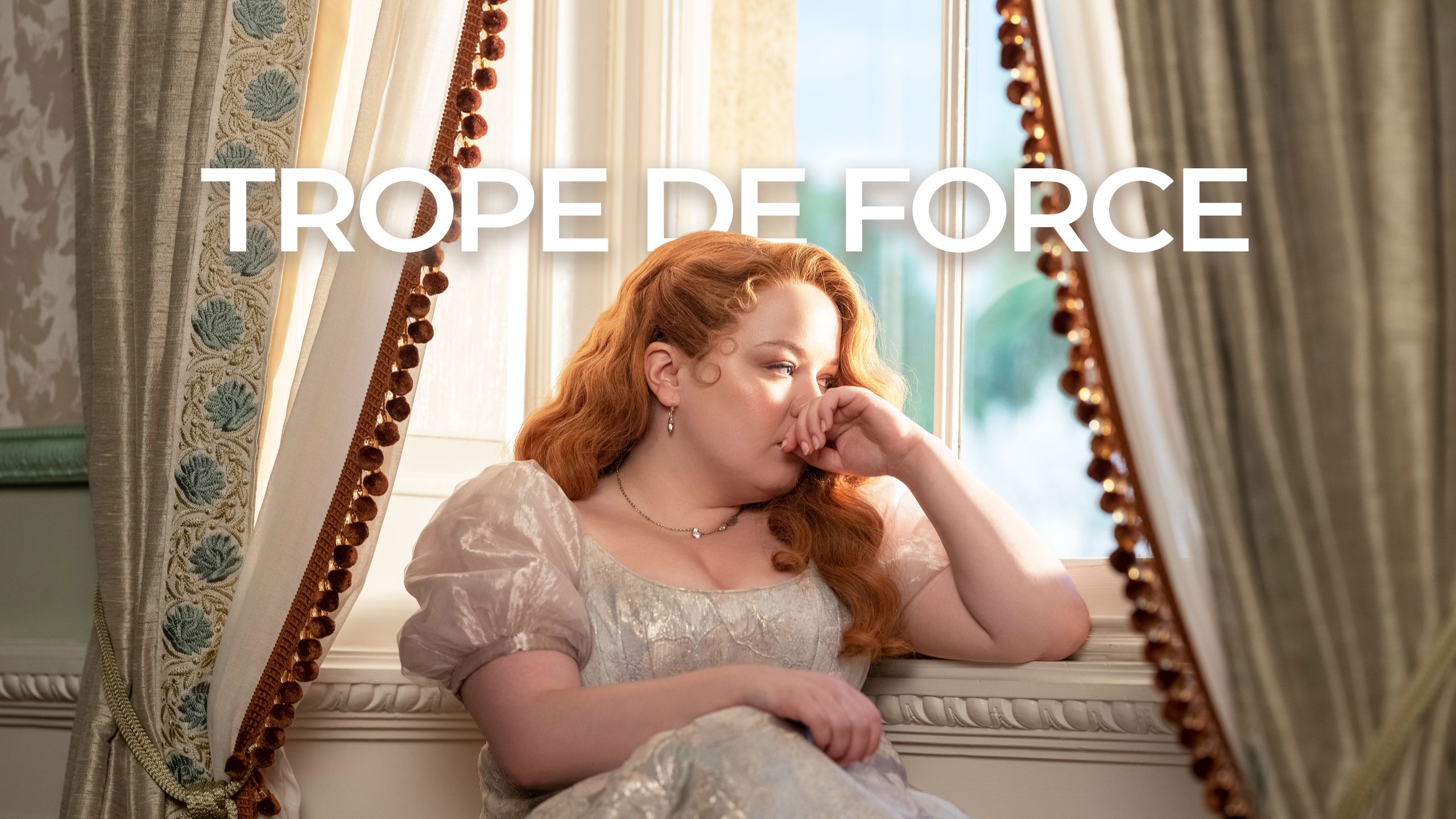

ANALYSIS
By Dr Kate Cuthbert
(Master of Arts '05, Doctor of Philosophy '23)
After the roaring success of seasons one and 2 of Bridgerton – the Netflix show helmed by Shonda Rhimes and based on the book series by Julia Quinn – that season 3 has broken viewer records is both expected and surprising.
After almost 4 years on our screens, it could be expected that viewer fatigue would set in and the show would slowly but surely face declining numbers and a soft settling into a popular, if not wildly so, staple on the streaming platform.
Watch the trailer for part 2 of Bridgerton season 3.
That it continues to build is a testament to the vein into which the showrunners and writers have tapped, and their understanding of the romance genre – how it can translate to screen, and how discussions around and within the romance community continue to evolve.
Much has already been written about Bridgerton, the show’s origins, its re-envisioned regency setting, its colour-conscious casting, its explicitness and, by me, its understanding of what makes romance novels enduringly popular.
As we return to the Bridgerton-verse for season 3, however, there are a few key elements that have drawn viewers back and enticed new viewers to engage as well.
This season carries with it a number of firsts.
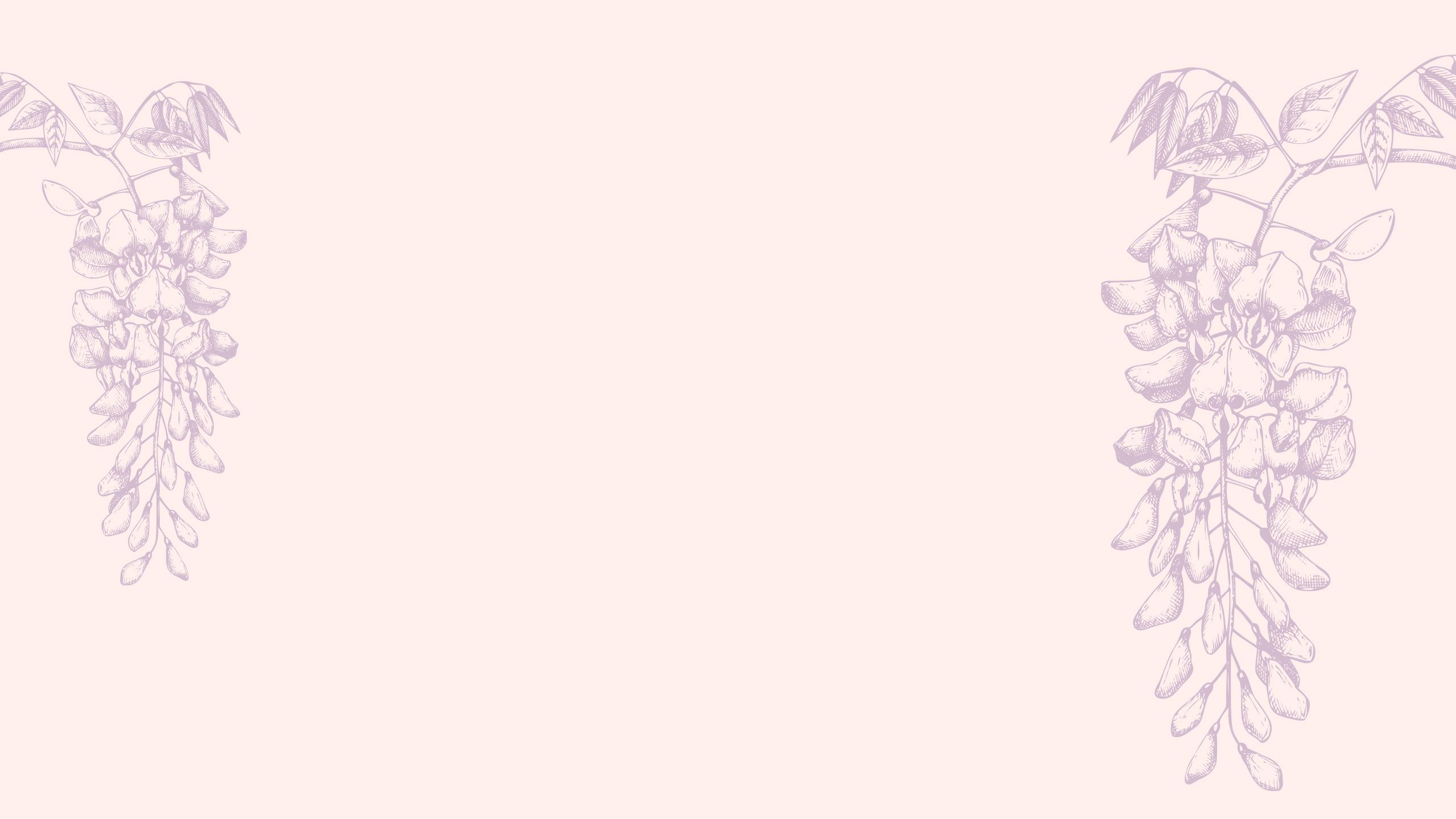

ANALYSIS
By Dr Kate Cuthbert
(Master of Arts '05, Doctor of Philosophy '23)
After the roaring success of seasons 1 and 2 of Bridgerton – the Netflix show helmed by Shonda Rhimes and based on the book series by Julia Quinn – that season 3 has broken viewer records is both expected and surprising.
After almost 4 years on our screens, it could be expected that viewer fatigue would set in and the show would slowly but surely face declining numbers and a soft settling into a popular, if not wildly so, staple on the streaming platform.
Watch the trailer for part 2 of Bridgerton season 3.
That it continues to build is a testament to the vein into which the showrunners and writers have tapped, and their understanding of the romance genre – how it can translate to screen, and how discussions around and within the romance community continue to evolve.
Much has already been written about Bridgerton, the show’s origins, its re-envisioned regency setting, its colour-conscious casting, its explicitness and, by me, its understanding of what makes romance novels enduringly popular.
As we return to the Bridgerton-verse for season 3, however, there are a few key elements that have drawn viewers back and enticed new viewers to engage as well.
This season carries with it a number of firsts.
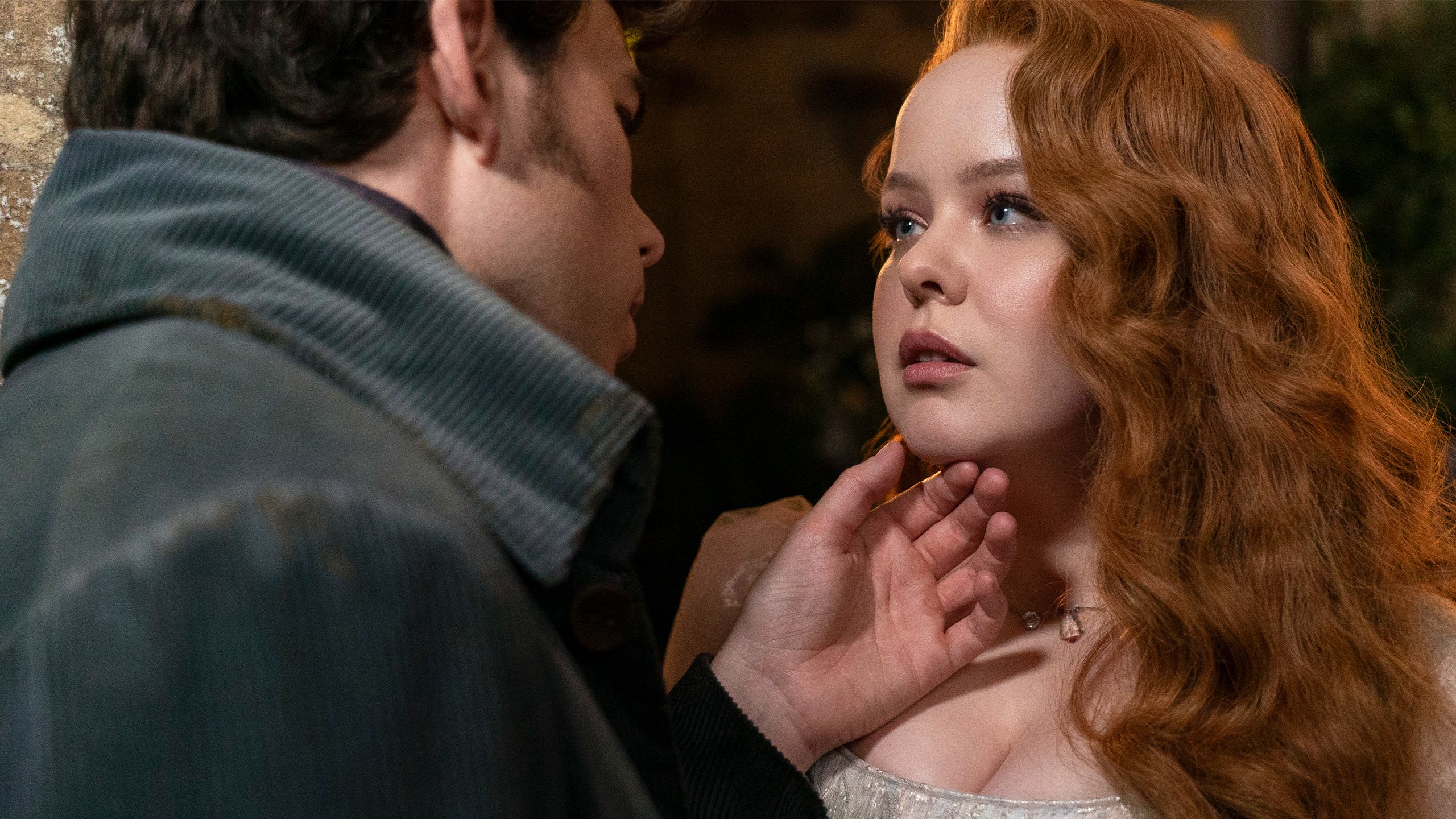
Luke Newton as Colin Bridgerton and Nicola Coughlan as Penelope Featherington. Image: Liam Daniel/Netflix © 2023
Luke Newton as Colin Bridgerton and Nicola Coughlan as Penelope Featherington. Image: Liam Daniel/Netflix © 2023

Foremost is the familiarity and backstories already provided through seasons 1 and 2. For the first time, the central romance is between characters that viewers already know and – potentially – love. Penelope and Colin are introduced in season one as Eloise Bridgerton’s best friend and a Bridgerton brother respectively. Both have reasonable screen time and their own stories as part of that season: Penelope’s perpetual wallflower status, her isolation in her ridiculous family, and her ongoing but unacknowledged love for Colin, and Colin’s need for a vocation and identity of his own, as well as his truncated romance with Marina.
Season 2 continues their storylines, with Penelope’s reveal as gossip columnist Lady Whistledown and her discovery by Eloise, and with Colin’s love for travel as well as his closure with Marina.
So, by the time viewers tune into season 3, not only are we well familiar with the 2 leads, we have already developed some emotional connection to them. While Colin has mostly been a background character searching for his main-character energy, Penelope is a more divisive, but captivating prospect. Depending on where one lands on the ‘is Penelope a villain?’ question will determine how much one might be barracking for her happy ending. Regardless, her story demands engagement.
This season is also the first season where both the main characters are white. While the casting of many characters of colour throughout the series has been a net good, the show has significantly underthought how characters of colour interact with their storyline.
Consider Simon, Duke of Hastings, who on the surface holds significantly more power than Daphne: a high-ranking title, fortune, a handsome face and, importantly, a thorough understanding of how babies are made. However, in 2021, audiences nonetheless watched a white woman take what she wanted from a black man without his consent.
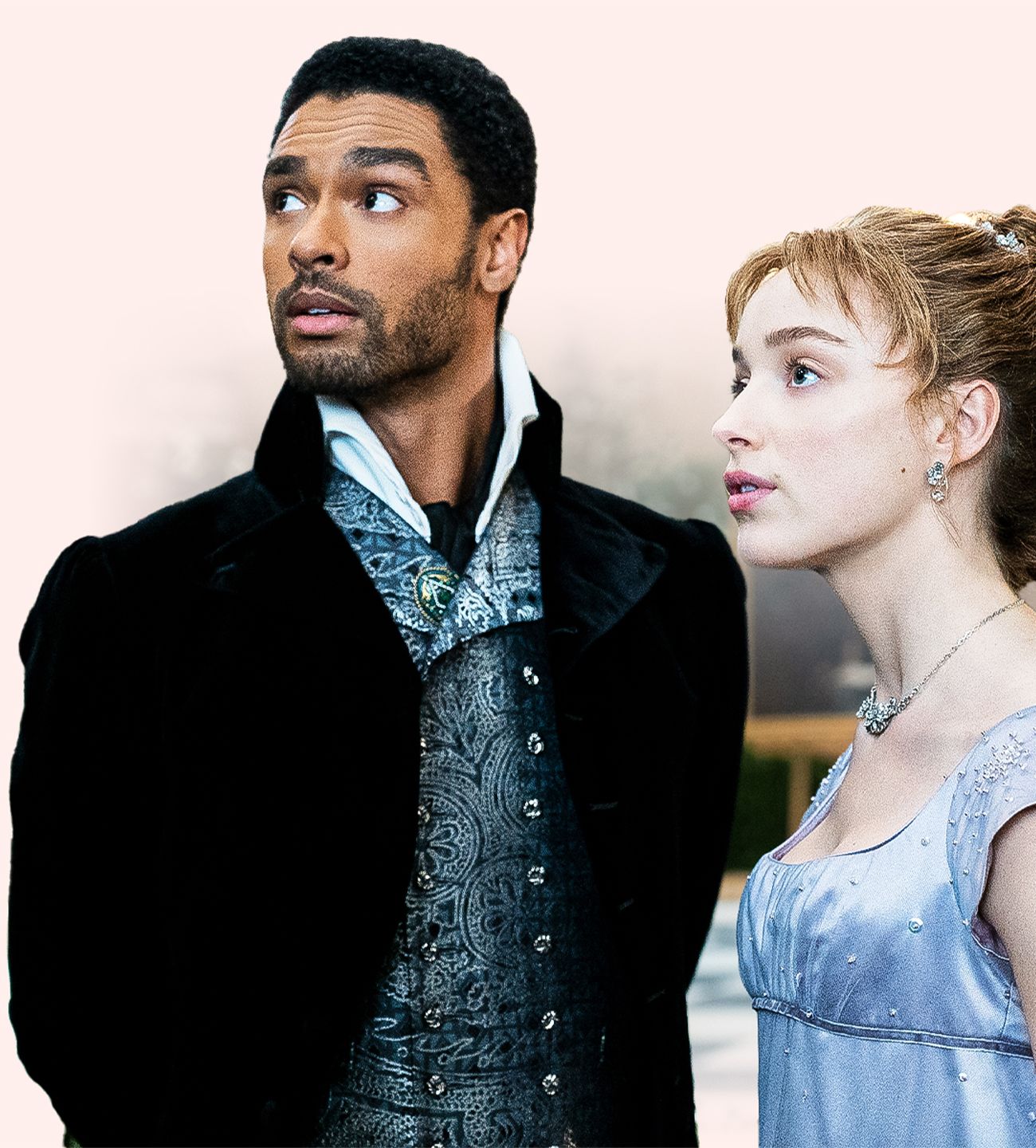
Regé-Jean Page as Simon Bassett, Duke of Hastings, and Phoebe Dynevor as Daphne Bridgerton. Image: Liam Daniel/Netflix © 2020
In season 2, Anthony Bridgerton’s unaddressed PTSD led to the near-ruination of 2 women of colour with significantly less power than he, both socially and financially. Both of these story lines eventually led to a more even balance through the love match of all characters involved, however there is no way to interact with media apolitically, and Bridgerton’s handwaving of these significant power dynamics undermine the show’s progressive plaudits. It should be noted that these power imbalances could be equally resolved if both main characters were people of colour, but with the Bridgerton family’s whiteness, this cannot happen in this series. Whether future spin-offs, like the mini-series Queen Charlotte, explore other couples in the Bridgerton universe remains to be seen.
The final first that provides foundations for season 3 is Penelope herself. Both previous seasons focused on the elusive ‘diamond’ label, a kind of popularity contest that determines who ‘wins’ the season. How the ‘diamond’ became divorced from historical context and became synonymous with ‘prom queen’ is yet another example of the Bridgerton-verse’s side-stepping of historical accuracy. However, the diamond becomes a subplot in season 3, as this season’s heroine (Penelope) is not only on her third season, but also understood to be undesirable, unmarriageable, and easily dismissed.
There is the beauty privilege, or more accurately the thin privilege, embedded in Penelope’s perceived lack of attractiveness. While the show is careful to never frame Penelope as ugly, but rather as unfashionable with her pin curls and citrus palette, audiences will recognise that the size of her body contributes to her perceived lack of beauty. However, one needs only to bear witness to the social media storm after Zoe Strimpel of The Spectator UK referred to Nicola Coughlin as “not hot” to understand that beauty is clearly in the eye of the beholder, and many beholders find the actress quite stunning.

Regé-Jean Page as Simon Bassett, Duke of Hastings, and Phoebe Dynevor as Daphne Bridgerton. Image: Liam Daniel/Netflix © 2020
Regé-Jean Page as Simon Bassett, Duke of Hastings, and Phoebe Dynevor as Daphne Bridgerton. Image: Liam Daniel/Netflix © 2020
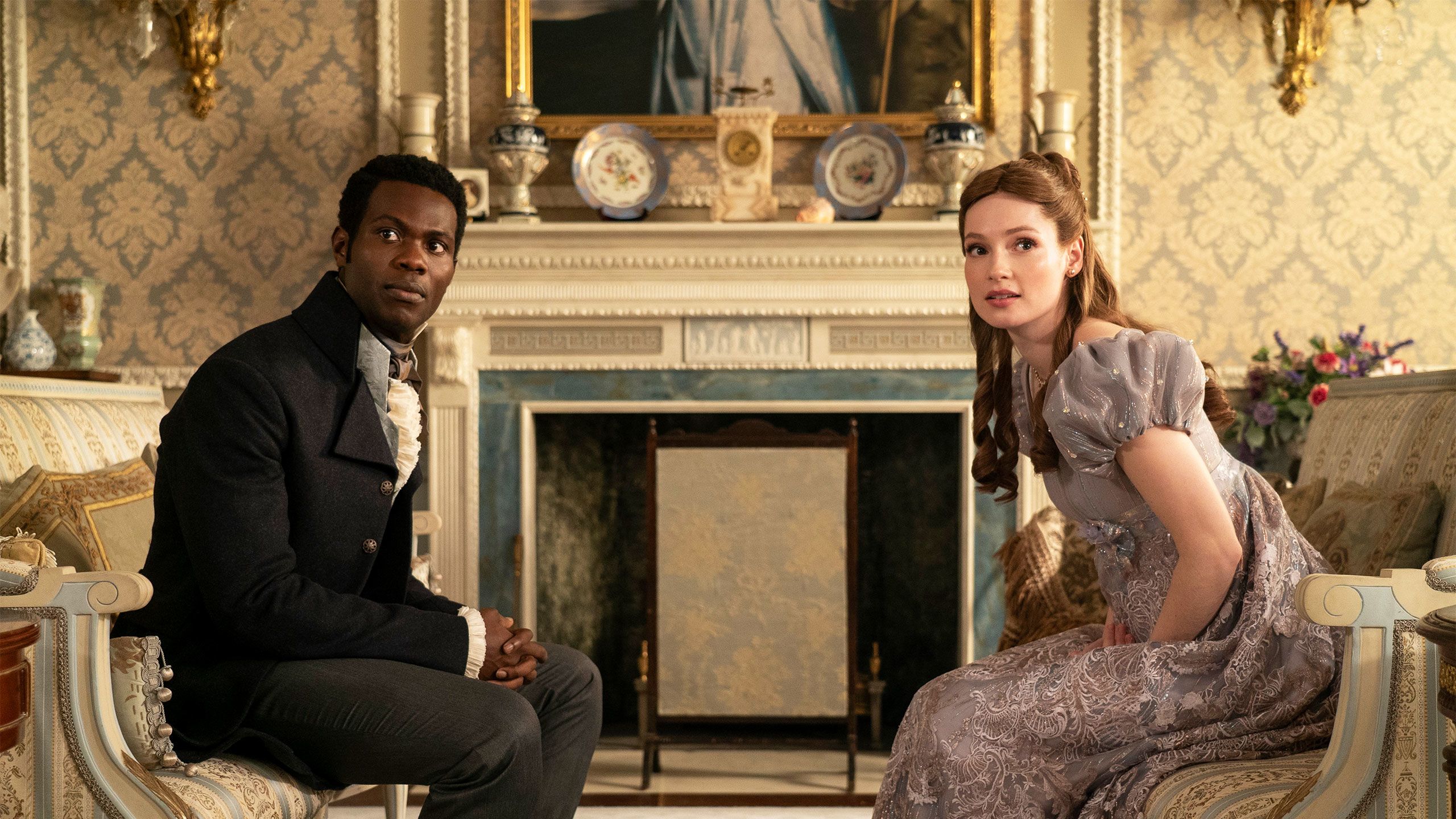
Victor Alli as John Stirling and Hannah Dodd as Francesca Bridgerton. Image: Liam Daniel/Netflix © 2024
Victor Alli as John Stirling and Hannah Dodd as Francesca Bridgerton. Image: Liam Daniel/Netflix © 2024


Luke Newton as Colin Bridgerton. Image: Liam Daniel/Netflix © 2024
Luke Newton as Colin Bridgerton. Image: Liam Daniel/Netflix © 2024
The existing foundation for the characters has allowed the writers to fully engage with more story lines, more developed plots, and deeper character work. With these key elements in play, one thing has become very clear to this romance reader: someone somewhere in the Bridgerton writing room understands romance discourse.
That web 2.0 opened up the romance reading world is well-established; readers were able to come out of their isolation and find others online, leading to ongoing successful sites like Smart Bitches, Trashy Books, Dear Author, All About Romance and Love in the Margins. As early as 2012, Sarah Wendell was posting about using social media as a romance reader to discover new authors and new books, and Jodi McAlister, Claire Parnell and Anne Trinidad wrote about what the communities found online around romance publishing, books, and authors. In particular, specialised groups have sprung up around emerging social media platforms about reading and books: Booktube, Bookstagram, and BookTok being obvious examples that feature extensive coverage of romance novels – both older and newly published titles.
BookTok in particular is relevant to any discussions about this new season of Bridgerton, as it has changed the way we talk about stories, and romance stories in particular. With short video clips and even shorter captions, BookTok encourages writers, publishers and readers to eschew plot descriptions in favour of tropes, which have long been a shorthand for stories, but not in isolation. The hashtag #booktropes has more than 200,000 videos, and memes like ‘which trope am I?’, author descriptions of their books based on tropes, and book recommendations based on tropes are popular mainstays across the bookish social media.
Importantly to Bridgerton, tropes can function across time and space, providing engaged readers with the opportunities to enjoy their favourite kinds of stories across many different genres: science fiction, fantasy, historical fiction, contemporary fiction, and so on.
It is here that season 3 of Bridgerton shows its deep understanding of the romance genre and its community, and how it continues to appeal to both older readers and younger viewers, who are engaging with romance fiction in a new era.
Season 3 is tropey AF.

Luke Newton as Colin Bridgerton. Image: Liam Daniel/Netflix © 2024
It’s not just our central romance, though Penelope and Colin are a trope dictionary all to themselves. In seasons 1 and 2, we have best-friend’s-brother (and it’s alternative, sister’s-best-friend), popular-and-unpopular, and unrequited love. In season 3, the show introduces the makeover trope, an iteration of fake-dating with a kiss-that-doesn’t-mean-anything that necessarily leads to why-can’t-I-stop-thinking-about-that-kiss?, the I-don’t-want-her-but-no one-else-can-have-her, she-fell-first-he-fell-harder and, of course, the evolution of unrequited-love to a friends-to-lovers.
If longing looks were an Olympic sport, Eloise would win a gold medal, offering some of the best pining that we’ve seen thus far as she gazes at her ex-best-friend across the many ballrooms and gardens of London. She and Penelope embody the will-they-won’t-they trope, which is often paired with can’t-be-together, can’t-stand-to-be-apart.
Our other romantic lead, Francesca, hasn’t been left out of the trope free-for-all. She and John are the epitome of kindred-spirits, as well as an emerging trope that can be truncated as simply ‘perceived’. John is able to see and then act upon what is important to Francesca and is therefore able to meet her needs in ways that her potential other suitors can’t. While Francesca is the ‘sparkler’ of the season, other suitors merely see her beauty and the Queen’s approval. John, in contrast, sees her.
Finally, it appears as that Violet’s garden will no longer go untended; she too has a potential suitor this season, neatly fitting the later-in-life and second-chance-at-romance tropes into this season’s storylines as well.
Regardless of whether viewers speak the language of tropes, these plot devices are not only timeless, but familiar enough to our story-loving souls that we cannot help but react. While viewers may come to Bridgerton for the frothy fashions and the sunny settings, it is these eternal, deeply emotionally resonant narratives that will keep us glued to our screens.
About the author
Kate Cuthbert is a UQ alum (Master of Arts '05, Doctor of Philosophy '23) and the editorial director at Pantera Press. Her PhD from the UQ looks at paratexts in genre fiction. She is a publishing professional with more than a decade of experience.


